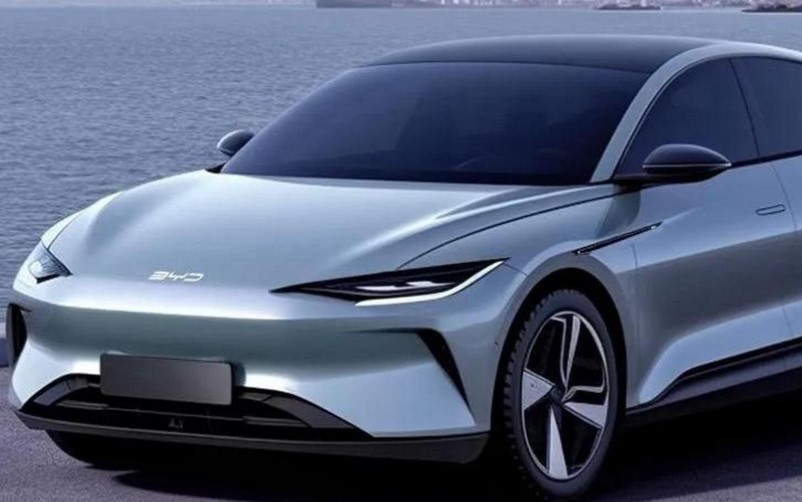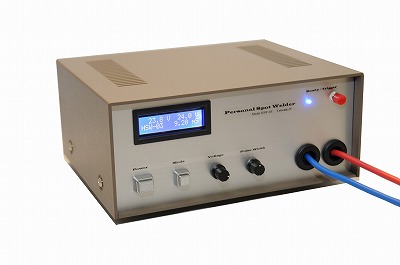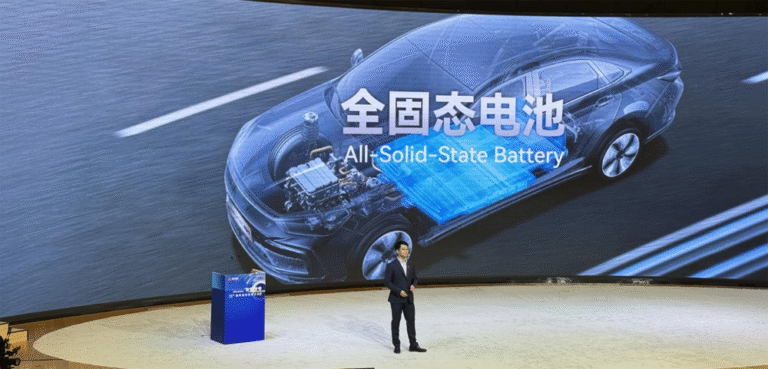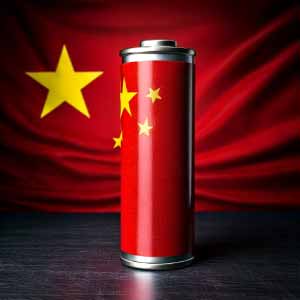BYD Company Limited Detailed Research Report ,3

■ Key Technical Metrics: The table below summarizes BYD’s main battery types and how they compare on core metrics like energy density, charging speed, lifespan, and safety:
- Energy Density: BYD’s LFP Blade Battery has moderate gravimetric energy density (estimated ~140–150 Wh/kg at pack level) due to LFP chemistry, but its module-free design improves volumetric efficiency.
NCM lithium batteries have higher energy density (commonly 200+ Wh/kg at pack level for high-nickel cells) and thus enable longer range but at higher cost. Sodium-ion batteries have lower energy density (roughly 2/3 that of lithium-ion), which limits range for the same weight, but ongoing improvements aim to narrow this gap. All-solid-state batteries could achieve very high energy density (targets of ~500 Wh/kg have been speculated), but current prototypes (like semi-solid cells at 360 Wh/kg) indicate it will be a gradual progress toward those figures. - Charging Speed: Most current BYD EVs support fast-charging at around 0.5–1C, meaning a full charge in 1–2 hours under ideal conditions. However, BYD’s latest 10C fast-charge Blade Battery (Flash Charging Battery) is a game-changer – supporting up to 1,000 V and 1,000 A, it allows charging power up to 1,000 kW (1 MW), theoretically charging the battery to full in ~6 minutes.
This is the highest charging rate claimed for any mass-produced EV battery to date. Sodium-ion batteries also naturally support high charge/discharge rates and perform better at low temperatures, according to BYD’s experts, which could make them well-suited for fast-charging in cold climates.
Solid-state batteries’ charging characteristics are still uncertain; they could potentially allow faster charging due to improved thermal stability, but current semi-solid implementations are limited by cell chemistry and battery management constraints. - Cycle Life: BYD’s LFP batteries are known for long cycle life – the Blade Battery is rated for over 3,000 cycles (with remaining capacity suitable for vehicle use).
This far exceeds the typical 1,000–2,000 cycles of NCM batteries, making LFP ideal for vehicles expected to last many years or for applications like buses with intensive daily usage. Sodium-ion batteries are reported to have a long cycle life as well, partly due to better thermal stability and less structural change during cycling.
BYD has not published exact figures, but similar Na-ion cells from peers show promising cycle performance. For all-solid-state batteries, longevity could be very high (solid electrolytes may reduce degradation), but until prototypes are tested in real conditions, their cycle life remains to be proven. - Safety: The safety of BYD’s Blade LFP battery is exceptionally high – it can withstand severe abuse (such as penetration, crushing, heating to 300°C) without catching fire.
This is a crucial differentiator from conventional NCM batteries, which, while equipped with sophisticated battery management systems, are more susceptible to thermal runaway if damaged or improperly handled. BYD’s decision to use LFP widely is largely to ensure a high safety margin. Sodium-ion batteries are inherently safe as well – BYD notes the chemistry has a broad operating temperature range and improved safety profile compared to lithium-ion.
All-solid-state batteries, if realized, are expected to be extremely safe due to the non-flammable solid electrolyte, essentially eliminating the risk of fire even under stress. In summary, BYD’s product strategy heavily emphasizes battery safety (often at the expense of a bit of energy density), which has helped build trust in its EVs, especially in markets sensitive to EV fire incidents.







